Every time you press the brake pedal, a complex interplay of physics and engineering quietly unfolds beneath your feet. But did you know that the way you drive can significantly influence how quickly those brake components wear out? From gentle slowing to sudden stops, your driving style plays a pivotal role in determining the lifespan of your brakes. In this article, we’ll explore how subtle habits behind the wheel can either extend the life of your brake system or hasten its decline, shedding light on the connection between your behavior and the longevity of one of your vehicle’s most critical safety features.
Table of Contents
- Understanding the Connection Between Driving Habits and Brake Wear
- The Impact of Aggressive Braking on Brake Component Durability
- How Smooth Deceleration Can Extend Brake Lifespan
- The Role of Speed and Traffic Conditions in Brake Performance
- Practical Driving Techniques to Minimize Brake Maintenance Costs
- Choosing the Right Brake Pads to Complement Your Driving Style
- Q&A
- Future Outlook
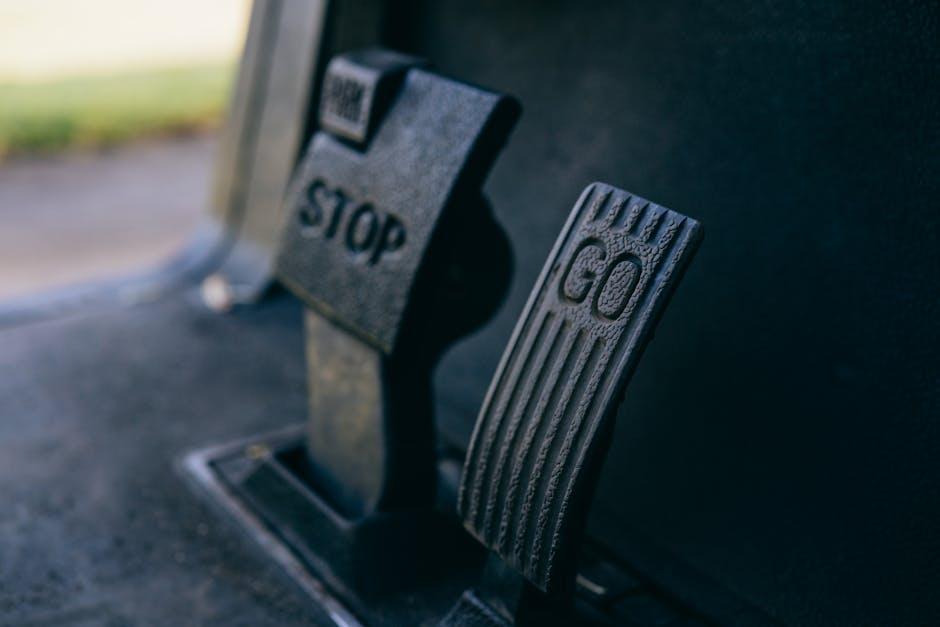
Understanding the Connection Between Driving Habits and Brake Wear
Driving habits directly influence how quickly your brake pads and rotors wear out. Frequent hard braking, rapid acceleration, and aggressive cornering cause excessive friction on the brake components, accelerating their deterioration. Conversely, smooth and anticipatory driving reduces the strain on your braking system, allowing parts to last longer. For example, maintaining a safe following distance gives you more time to slow down gradually, minimizing sharp stops that can shred brake pads prematurely.
- Hard braking: Increases heat and wear on brake pads
- Coasting to a stop: Extends brake life by reducing friction
- Heavy loads: Cause more strain on brakes during stops
- Consistent speeds: Help maintain balanced brake usage
| Driving Style | Brake Wear Impact | Recommended Tips |
|---|---|---|
| Aggressive | High | Brake earlier, reduce speed gradually |
| Moderate | Medium | Maintain safe distance, avoid sudden stops |
| Defensive | Low | Use engine braking, anticipate traffic flow |
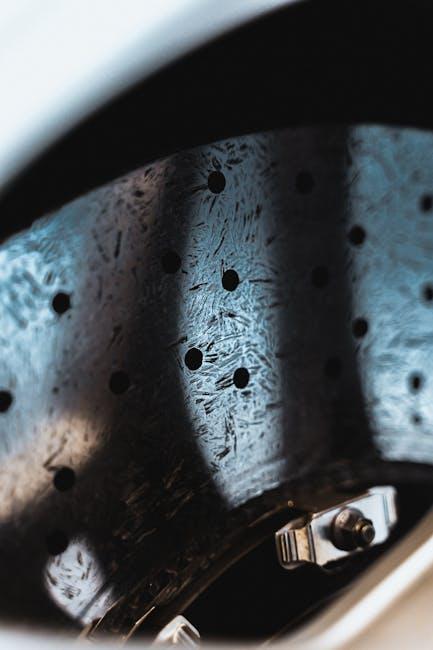
The Impact of Aggressive Braking on Brake Component Durability
Aggressive braking places immense stress on your vehicle’s braking system, accelerating wear and tear far beyond typical usage. Each sudden stop generates intense heat and friction, causing brake pads to wear unevenly and rotors to warp. This not only shortens the lifespan of these components but can also lead to costly repairs. Unlike smooth, gradual braking, aggressive stops don’t give the components time to dissipate heat efficiently, which means the materials degrade faster and performance diminishes.
Key consequences of aggressive braking include:
- Increased risk of brake fade due to excessive heat buildup.
- Irregular brake pad wear leading to squealing or grinding noises.
- Warped rotors that cause vibrations during braking.
- More frequent replacement cycles for pads, rotors, and calipers.
| Component | Normal Driving Lifespan | Lifespan with Aggressive Braking |
|---|---|---|
| Brake Pads | 30,000 miles | 15,000 miles |
| Brake Rotors | 50,000 miles | 25,000 miles |
| Brake Calipers | 75,000 miles | 40,000 miles |
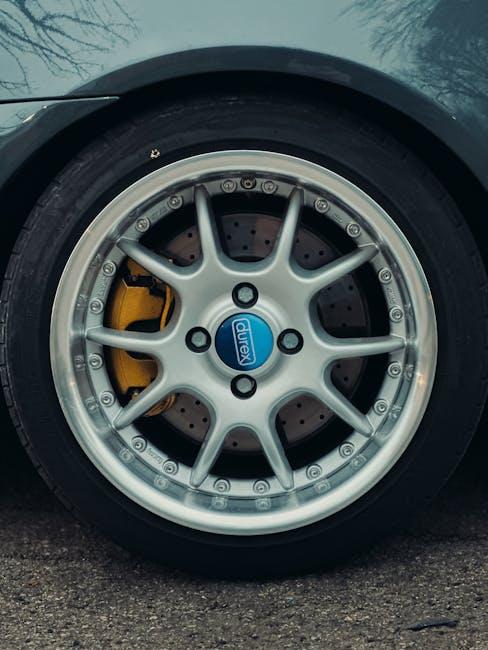
How Smooth Deceleration Can Extend Brake Lifespan
Gentle pressure on the brake pedal rather than abrupt stops allows the brake pads and rotors to wear evenly and reduce the risk of overheating. When you slow down gradually, friction is distributed more consistently, which minimizes the amount of heat generated during braking. This approach lessens the strain on the braking components, ultimately preserving their integrity and preventing premature wear.
Consider incorporating these smooth deceleration habits into your daily driving routine:
- Anticipate traffic flow to avoid sudden stops.
- Maintain safe following distance, so you can brake gently.
- Use engine braking where appropriate to reduce reliance on the brake system.
| Braking Style | Effect on Brake Lifespan |
|---|---|
| Smooth Deceleration | Extends life by up to 30% |
| Abrupt Braking | Accelerates wear and heat build-up |
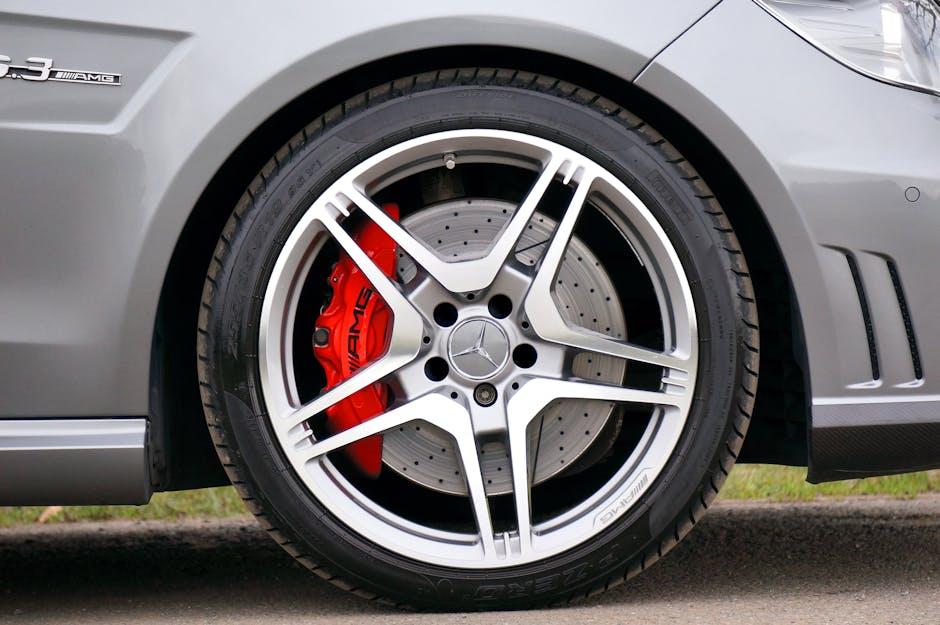
The Role of Speed and Traffic Conditions in Brake Performance
At higher speeds, the demands on your braking system increase exponentially. When you’re driving fast, your brakes need to work harder and generate more heat to slow down safely. This elevated stress accelerates wear on brake pads and rotors, reducing their lifespan significantly. On the other hand, driving in heavy traffic often means frequent stops and starts. While this might seem less intense than high-speed braking, the constant braking and accelerating can cause uneven pad wear and heat buildup, especially if you rely heavily on your brakes instead of anticipating traffic flow.
Adapting your driving habits to current road and traffic conditions can make a big difference. For example, maintaining a safe following distance and using engine braking on downhill stretches not only enhances control but also preserves your brake components. Consider these factors:
- Speed variations: Rapid deceleration from high speeds wears out brake pads faster.
- Traffic density: Stop-and-go traffic increases brake activation frequency.
- Brake usage style: Smooth, gradual braking reduces heat and wear.
| Driving Condition | Brake Wear Impact | Tip for Better Brake Life |
|---|---|---|
| High-Speed Driving | High heat, fast wear | Use gradual braking |
| Heavy Traffic | Frequent stops | Maintain safe distances |
| Open Roads | Less frequent braking | Plan ahead to coast |
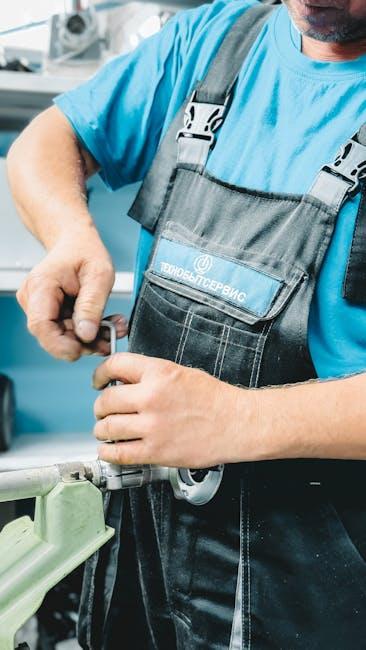
Practical Driving Techniques to Minimize Brake Maintenance Costs
Mastering gentle and anticipatory braking is key to extending the lifespan of your brake components. Instead of abrupt stops, try to observe traffic patterns and reduce your speed gradually. This approach lessens the friction between pads and rotors, which in turn minimizes wear. Additionally, utilizing engine braking by downshifting in manual vehicles or easing off the accelerator early can reduce dependence on your brakes, effectively stretching the time between costly replacements.
Incorporating these smart driving habits into your routine not only benefits your wallet but also enhances road safety. Some practical tips include:
- Maintain a safe following distance to avoid sudden stops.
- Use cruise control on highways to maintain a steady speed and reduce unnecessary braking.
- Brake early and gently when approaching stops or turns.
- Avoid riding the brakes during long descents; instead, shift to a lower gear.
| Driving Technique | Brake Wear Impact | Estimated Savings |
|---|---|---|
| Gradual Braking | Low | Up to 30% |
| Engine Braking | Very Low | Up to 40% |
| Avoiding Tailgating | Medium | Up to 20% |
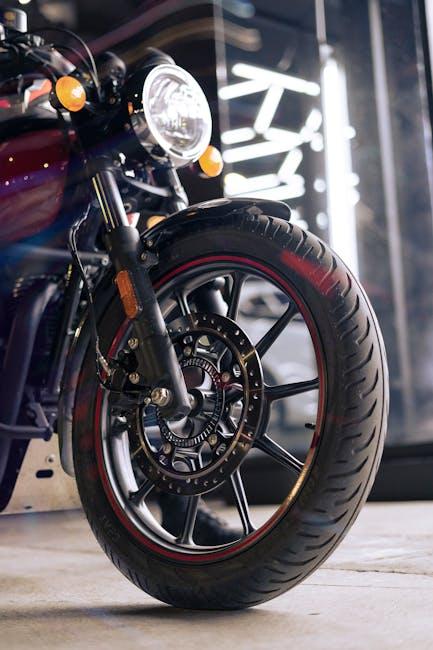
Choosing the Right Brake Pads to Complement Your Driving Style
Your choice of brake pads should reflect how you typically handle your vehicle on the road. If you tend to drive in an aggressive manner, frequently accelerating hard and braking suddenly, performance brake pads crafted from high-friction materials like ceramic or semi-metallic compounds are your best bet. These pads can withstand higher temperatures and provide consistent stopping power, reducing fade during spirited driving. On the other hand, if you’re mostly cruising urban streets or highways with gentle stops, organic brake pads offer smooth, quiet braking and are kinder to your rotors, making them a cost-effective choice for moderate use.
Understanding your braking habits also means recognizing how different driving conditions impact brake wear. Here’s a quick guide to help you weigh your options:
| Driving Style | Recommended Brake Pad Type | Key Benefits |
|---|---|---|
| City Stop-and-Go | Organic | Quiet, gentle on rotors, affordable |
| Highway Cruising | Ceramic | Stable performance, low dust, long life |
| Sporty/Aggressive | Semi-Metallic | High friction, heat resistance, durable |
By matching your brake pads to your unique driving habits, you not only enhance safety but also potentially extend the lifespan of your braking system, saving you time and money in the long run.
Q&A
Q: How does my driving style impact the life of my brakes?
A: Your driving style directly influences how quickly your brake pads and rotors wear out. Aggressive braking, frequent hard stops, and riding the brakes generate excessive heat and friction, causing the components to degrade faster. Conversely, smooth and anticipatory driving can extend brake life significantly.
Q: What driving habits are the most damaging to brakes?
A: Sudden stops, tailgating, and riding the brake pedal are among the most harmful habits. Rapid deceleration causes intense friction, while constant light pressure wears down the pads gradually. Also, accelerating aggressively then braking hard wastes brake life.
Q: Can I really improve brake longevity by changing how I drive?
A: Absolutely. By adopting a calm and predictive driving style—maintaining safe following distances and anticipating traffic flow—you allow your vehicle to slow down naturally, reducing the need for hard braking. This simple shift can add thousands of miles to your brakes.
Q: Does using engine braking help preserve the brakes?
A: Yes, using engine braking by downshifting (in manual cars) or easing off the accelerator on a gentle slope reduces reliance on your brakes. It lowers brake temperature and wear, helping components last longer.
Q: Are brake pads the only part affected by driving style?
A: No—the rotors, calipers, and brake fluid condition are all impacted as well. Excessive heat from aggressive driving can warp rotors or cause brake fade, and constant stress can strain calipers. Maintaining a gentle approach benefits the entire braking system.
Q: How can I tell if my driving is wearing out my brakes too fast?
A: Notice signs like squealing, grinding noises, increased stopping distance, or a soft brake pedal. If you’re replacing pads more frequently than the manufacturer’s recommended interval, it’s a sign your driving style might be too harsh.
Q: Is it worth investing in high-performance brake pads to offset aggressive driving?
A: While performance pads handle heat better, they also wear faster under aggressive conditions. The best way to maximize brake life is by adopting smarter driving habits rather than relying solely on upgraded parts.
Q: Can external factors like traffic conditions affect brake wear too?
A: Definitely. Stop-and-go traffic, hilly terrain, and urban driving require more braking than highway cruising, accelerating wear. In such environments, smooth braking becomes even more vital.
Q: What’s the takeaway message about driving style and brake life?
A: Your feet write the story of your brakes. Drive thoughtfully and brake gently to turn the page on premature wear, saving money and boosting safety along the way.
Future Outlook
In the end, your driving style is more than just a personal flair on the road—it’s a quiet architect shaping the lifespan of your brakes. Each gentle stop or harsh slam tells a story beneath the wheels, influencing both safety and economy. By embracing mindful habits and understanding the subtle dance between acceleration and deceleration, you not only extend the life of your brakes but also craft a smoother, more efficient journey. After all, every brake pad has a story—make yours one of careful stewardship rather than premature wear.
